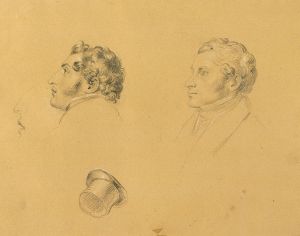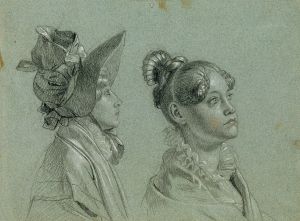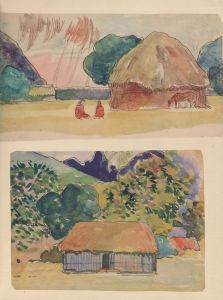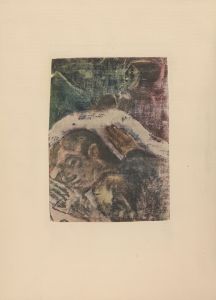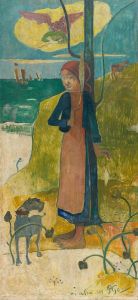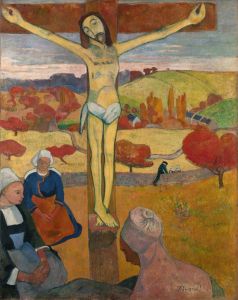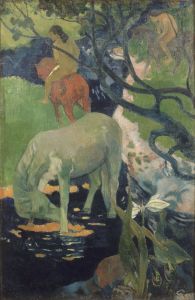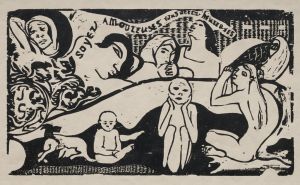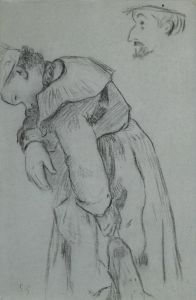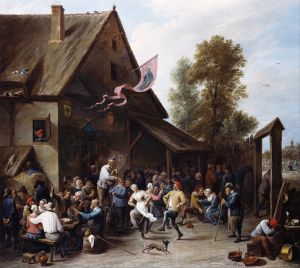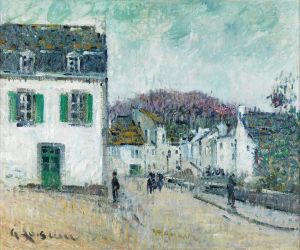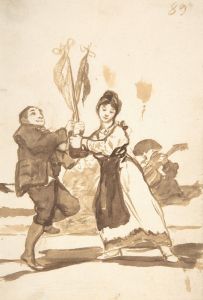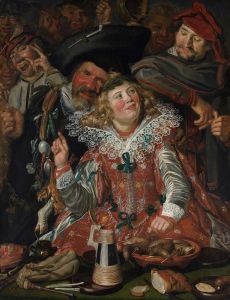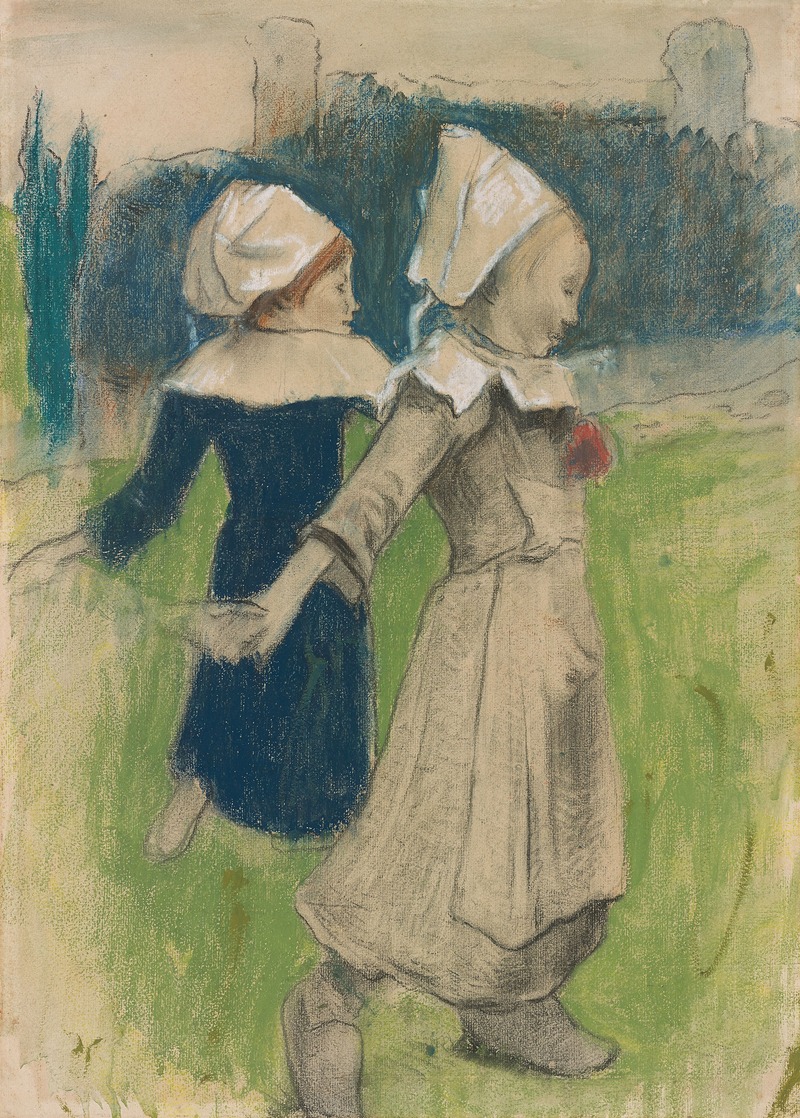
Study for Breton Girls Dancing, Pont-Aven
A hand-painted replica of Paul Gauguin’s masterpiece Study for Breton Girls Dancing, Pont-Aven, meticulously crafted by professional artists to capture the true essence of the original. Each piece is created with museum-quality canvas and rare mineral pigments, carefully painted by experienced artists with delicate brushstrokes and rich, layered colors to perfectly recreate the texture of the original artwork. Unlike machine-printed reproductions, this hand-painted version brings the painting to life, infused with the artist’s emotions and skill in every stroke. Whether for personal collection or home decoration, it instantly elevates the artistic atmosphere of any space.
"Study for Breton Girls Dancing, Pont-Aven" is a painting by the French Post-Impressionist artist Paul Gauguin. Created in 1888, this work is a preparatory study for a larger painting that Gauguin intended to complete. The study captures a scene of Breton girls dancing in the village of Pont-Aven, located in the Brittany region of France. This area was known for its picturesque landscapes and traditional Breton culture, which attracted many artists during the late 19th century.
Paul Gauguin was deeply influenced by the rural and unspoiled nature of Brittany, and he sought to capture the essence of its people and their customs. The study reflects Gauguin's interest in the simplicity and purity of the Breton way of life, which he contrasted with the complexities of modern urban existence. The artist was part of the Pont-Aven School, a group of artists who gathered in the village and were inspired by its unique environment and culture.
In "Study for Breton Girls Dancing, Pont-Aven," Gauguin employs a style that is characteristic of his work during this period. The painting features bold colors and simplified forms, which are hallmarks of his approach to Post-Impressionism. Gauguin's use of color is particularly notable; he often used non-naturalistic hues to convey emotion and atmosphere rather than to depict reality accurately. This technique can be seen in the vibrant and somewhat exaggerated colors of the girls' costumes and the surrounding landscape.
The composition of the study is dynamic, with the figures of the dancing girls arranged in a circular pattern that suggests movement and rhythm. Gauguin's brushwork is loose and expressive, capturing the energy and spontaneity of the dance. The background of the painting is relatively simple, focusing attention on the figures and their activity. This emphasis on the human element is a recurring theme in Gauguin's work, reflecting his fascination with the lives and traditions of the people he encountered.
Gauguin's time in Pont-Aven was a period of significant artistic development for him. He was experimenting with new techniques and ideas that would later influence his more famous works created in Tahiti. The study for "Breton Girls Dancing" is an important example of his evolving style and his interest in capturing the spirit of different cultures.
The painting is also significant for its role in Gauguin's broader body of work. It represents his move away from the Impressionist focus on light and atmosphere towards a more symbolic and expressive use of color and form. This shift was part of a larger trend in the art world at the time, as artists sought new ways to convey meaning and emotion in their work.
Today, "Study for Breton Girls Dancing, Pont-Aven" is recognized as an important piece in Gauguin's oeuvre. It provides insight into his artistic process and his engagement with the cultural life of Brittany. The study is held in various collections and continues to be studied and appreciated for its contribution to the development of modern art.





